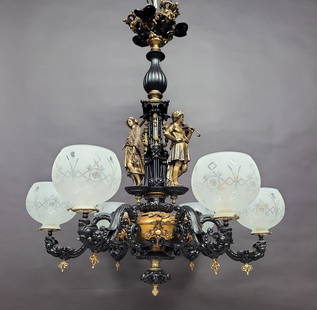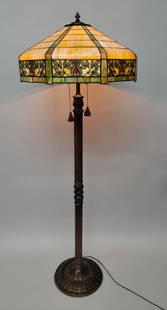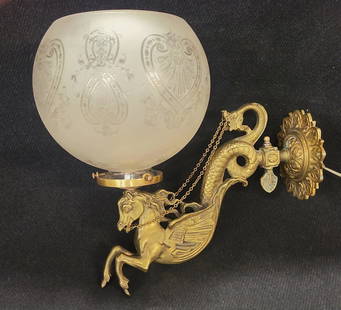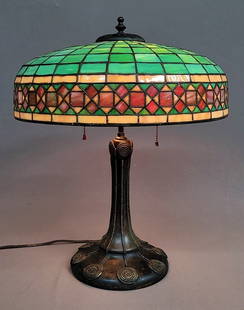
A very rare French Renaissance gilt brass circular
Similar Sale History
View More Items in Tableware & BarwareRelated Tableware & Barware
More Items in Renaissance Tableware & Barware
View MoreRecommended Home & Décor
View More







Item Details
Description
A very rare French Renaissance gilt brass circular horizontal tambour timepiece B. Bouchas, Valence, dated 1558 The circular gilt brass movement with three slender square section Classical column pillars pinned through the backplate, slender fusee and verge escapement regulated by un-sprung two-arm steel balance, the backplate applied with a simple two-piece balance cock and a pair of latches with yoke-shaped interconnecting spring for securing into the case, the dial with recessed wavy sunburst engraved centre and sculpted gilt brass hand within Roman numeral chapter ring with half-hour markers and touch pieces to inner edge, the moulded bezel engraved with fine scrolling foliage forming the upper surface of the fine architectural flange mouldings of the drum-shaped case, the lower edge with conforming foliate scroll chased mouldings integral to the friction-fitting base cap drilled for a winding hole and engraved with a scroll cartouche containing inscription A. BOUCHAS, A. VALANCE, 1558, diameter 7.2cm (3.75ins) approx. The general form and layout of the movement of current lot has its roots in the earliest German portable spring driven 'tambour' timepieces with the earliest documented example signed by Peter Henlein of Nuremburg and dated 1510 (residing in the collection of the Germanisches Nationalmuseum, Nuremburg). Such movements are naturally inherently simple in their construction and lack decorative detailing. The current lot shares this simplicity as well as other features such as the particularly 'skinny' fusee cone and simple un-sprung balance retained by a small undecorated cock. The movement is also fitted into the case in the same manner as the early German models by sliding it in from beneath (ensuring runners applied to the inside of the case align with slots cut to the edges of the movement plates) before securing via the sprung latches fitted to the backplate (engaging with slots cut into the runners). The current movement however has one very significant difference when compared with its early/contemporary German counterparts: it is predominantly worked from brass rather than being of more typical iron construction. The change from iron to brass (as the principal material employed in the construction of clock movements) appeared to first occur in France, with movements dating as early as the current lot being entirely made of this material. In Germany makers seem to continue to use iron for wheelwork and movement frames (particularly for the larger clocks) for longer - up until the last quarter of the 16th century. Brass was then slowly introduced, firstly for spring barrel walls, fusee's and movement plates; with the wheelwork and movement frame posts completing the transition by around 1600. The reason why the French adopted brass earlier than German makers was probably simply due to the fact that it was more accessible to them - with the principal European foundries at this time being located mainly in the Burgundian territories of the Low Countries (particularly around Dinas in modern-day Belgium). Germany on the other hand were leaders in the production of high quality iron (although they were also significant producers of copper and brass) which, combined with the strong traditions of the guild systems in centres such as Augsburg and Nuremburg, resulted in the transition to brass taking longer. The current lot can be perhaps be described as one the earliest documented dated examples of a Renaissance tambour timepiece to have a movement made almost entirely from brass - hence is probably of documentary importance for this reason. To place the timepiece in a wider historical context - 1558 witnessed the execution of Mary, Queen of Scots and the subsequent accession of Queen Elizabeth I to the throne (whose Coronation took place on 17th November).
Buyer's Premium
- 27% up to £150,000.00
- 21% above £150,000.00
A very rare French Renaissance gilt brass circular
Estimate £6,000 - £8,000
6 bidders are watching this item.
Shipping & Pickup Options
Item located in Berkshire, ukSee Policy for Shipping
Payment

TOP





























![As-Is Opaline Porcelain French Objects: A blue opaline and gilt brass footed bowl (glass broken) together with a covered porcelain jar with ram mounts, octagonal base, bronze. [5 x 9 (dia) inches; 9 x 7 (dia) inches].](https://p1.liveauctioneers.com/1221/138560/70305995_1_x.jpg?height=310&quality=70&version=1554310423)


















![Rare Antique Nepal Gilt Bronze Ganesha Ritual Cup: Rare Antique Nepal Gilt Bronze Ganesha Ritual Cup | Decorated with a zoomorphic elephant-like face likely representing Ganesha [Hindu, Buddhist (Vin?yaka), Jainism] | Approx. Size: 5.25" H x 3" W | Pr](https://p1.liveauctioneers.com/6084/327145/176275271_1_x.jpg?height=310&quality=70&version=1714406766)


























